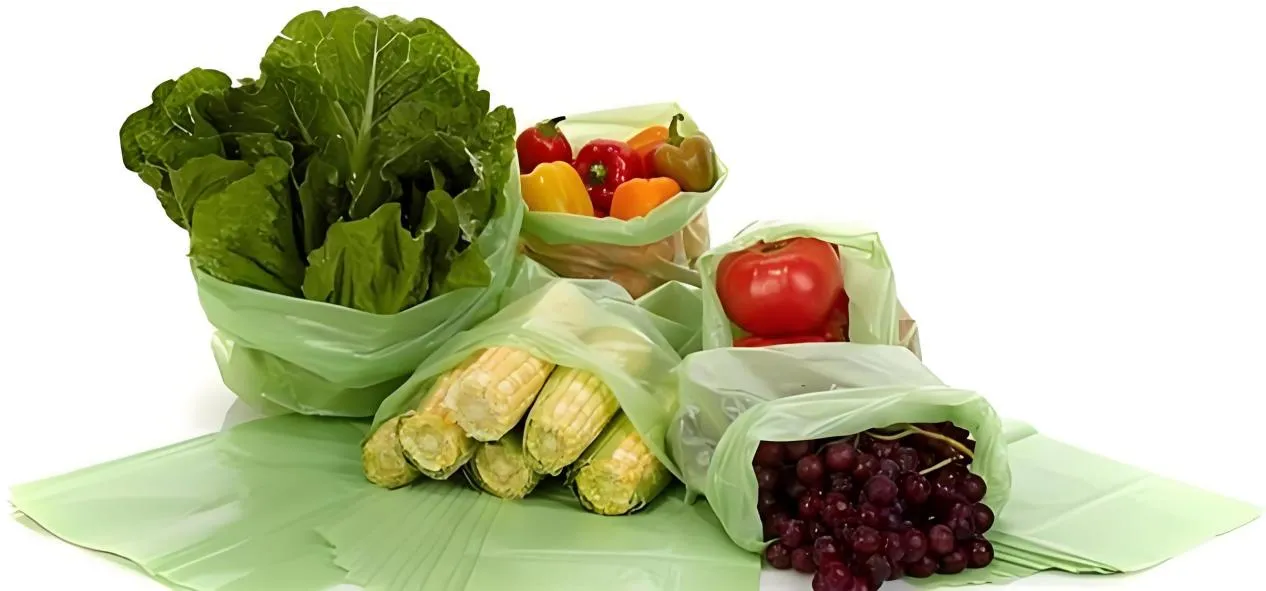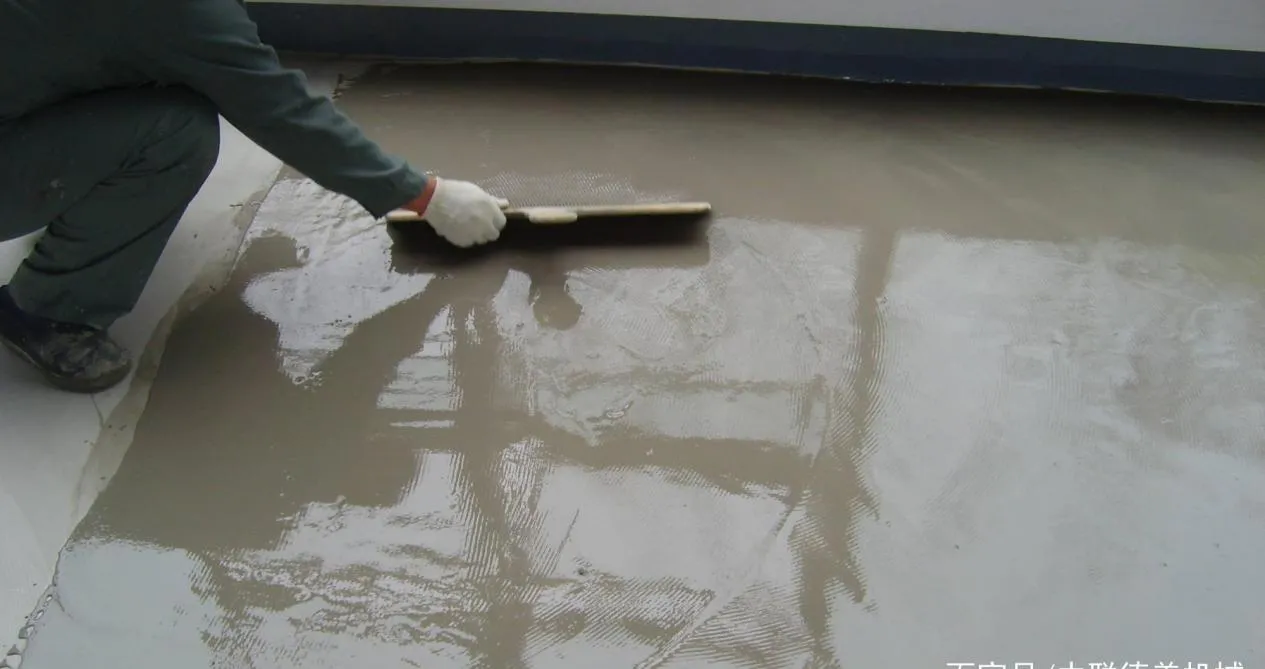
Exploring the Versatility of Cellulose: From Packaging to Fiber Applications
셀룰로오스, the most abundant natural polymer on Earth, is widely recognized for its renewable nature and adaptability. Whether it's used in food, pharmaceuticals, or textiles, this plant-derived compound offers exceptional utility. As the push for sustainable materials increases, more industries are turning to cellulose-based products to meet both performance and environmental standards. In this article, we’ll explore various types of cellulose, highlight innovations in cellulose packaging for food, and review key derivatives such as MHEC chemical and microcrystalline cellulose.

Understanding the Types of Cellulose and Their Functions
What is the Purpose of Cellulose?
To understand why cellulose is so widely used, it’s important to ask: what is the purpose of cellulose? In plants, cellulose serves as a structural component of cell walls, giving them rigidity and strength. Industrially, it is extracted and processed into various forms, each suited for specific uses—from thickening agents in foods to biodegradable films in packaging.
Major Types of Cellulose
There are several types of cellulose, each with unique properties:
Microcrystalline Cellulose (MCC): A purified, partially depolymerized cellulose used as a binder or bulking agent in tablets, foods, and cosmetics. Those in the food or pharma industries often buy microcrystalline cellulose for its consistency and safety.
Cellulose Acetate: A derivative produced by acetylating cellulose. It's commonly used in films and fibers. Cellulose acetate film manufacturers supply this product to industries like photography, packaging, and textiles.
하이드록시에틸셀룰로오스(HEC) and Methyl Hydroxyethyl Cellulose (MHEC): These are water-soluble cellulose ethers used as thickening, binding, or film-forming agents in construction materials, cosmetics, and paints. MHEC chemical is particularly valued for its stability in varying pH and temperature conditions.

Sustainable Applications: Cellulose Packaging and Fibers
Cellulose Packaging for Food: A Step Toward Zero Waste
As the world shifts away from petroleum-based plastics, cellulose packaging for food has emerged as a biodegradable, compostable, and food-safe alternative. Derived from wood pulp, this form of cellulose food packaging provides an eco-friendly option without compromising on performance. It offers oxygen and moisture barriers, is transparent, and fully composts under the right conditions.
Manufacturers of cellulose-based products are working to replace conventional plastics in items like sandwich wraps, bakery bags, and heat-sealable pouches. These advancements significantly reduce plastic waste and appeal to environmentally conscious consumers and companies.
Cellulose-Based Fibers and Textiles
Fiber from cellulose can be produced both naturally (e.g., cotton, flax) and synthetically (e.g., viscose, lyocell). These fibers are breathable, biodegradable, and absorbent—making them excellent for textiles, hygiene products, and even insulation. A fiber made from cellulose can replicate the softness of silk or the strength of polyester, all while maintaining eco-friendly credentials.
Cellulose-based fibres are increasingly used in high-performance clothing, sustainable fashion, and home textiles. Innovations in spinning and weaving technology continue to expand their utility, making them a viable alternative to synthetic materials derived from fossil fuels.
Why Cellulose Is the Future of Sustainable Materials
The range of applications for cellulose is vast and ever-expanding. From cellulose acetate film manufacturers supporting the tech and packaging industries, to the demand for MHEC chemical in construction and personal care, cellulose-based innovations are proving their worth across the board.
By exploring the types of cellulose, we discover that its true power lies in adaptability. Whether as a fiber made from cellulose or as cellulose packaging for food, this material meets today’s sustainability standards without sacrificing performance. As industries seek cleaner, greener solutions, cellulose remains one of the most promising natural resources for shaping a more sustainable future.
FAQs on Cellulose and Its Industrial Uses
1. What Are the Different Types of Cellulose and Their Industrial Uses?
There are many types of cellulose including microcrystalline cellulose, cellulose acetate, and cellulose ethers like MHEC. Each type is tailored for specific uses, such as pharmaceuticals, construction, packaging, and food additives.
2. What Is the Purpose of Cellulose in Packaging and Manufacturing?
What is the purpose of cellulose? In manufacturing, cellulose provides structure, consistency, and biodegradability. It’s used in food packaging, pharmaceuticals, textiles, and even electronics to create safer, sustainable products.
3. Why Is Cellulose Packaging for Food Becoming Popular?
Cellulose packaging for food is gaining traction due to its biodegradable, compostable nature. It provides an eco-friendly replacement for plastic films, especially in single-use packaging for baked goods, meats, and produce.
4. How Is Fiber Made from Cellulose Used in Textiles?
A fiber made from cellulose can be turned into breathable, absorbent, and biodegradable textiles. These fibers are used in clothing, hygiene products, and sustainable fabric alternatives like viscose and lyocell.
5. Where Can I Buy Microcrystalline Cellulose for Industrial Use?
You can buy microcrystalline cellulose from specialty chemical suppliers or pharmaceutical ingredient distributors. It is widely available in food-grade and pharmaceutical-grade varieties depending on your application needs.
-
Hydroxypropyl Starch as a Sustainable Construction Additive소식Nov.24,2025
-
The Gelation Properties of CMC소식Nov.21,2025
-
Redispersible Latex Powder and Water Retention Capacity소식Nov.21,2025
-
Dosage Control for Polycarboxylate Water Reducer소식Nov.21,2025
-
Film-Forming Properties of Polyvinyl Alcohol소식Nov.21,2025
-
The Function of Gypsum Additives in Mortar소식Nov.21,2025





















